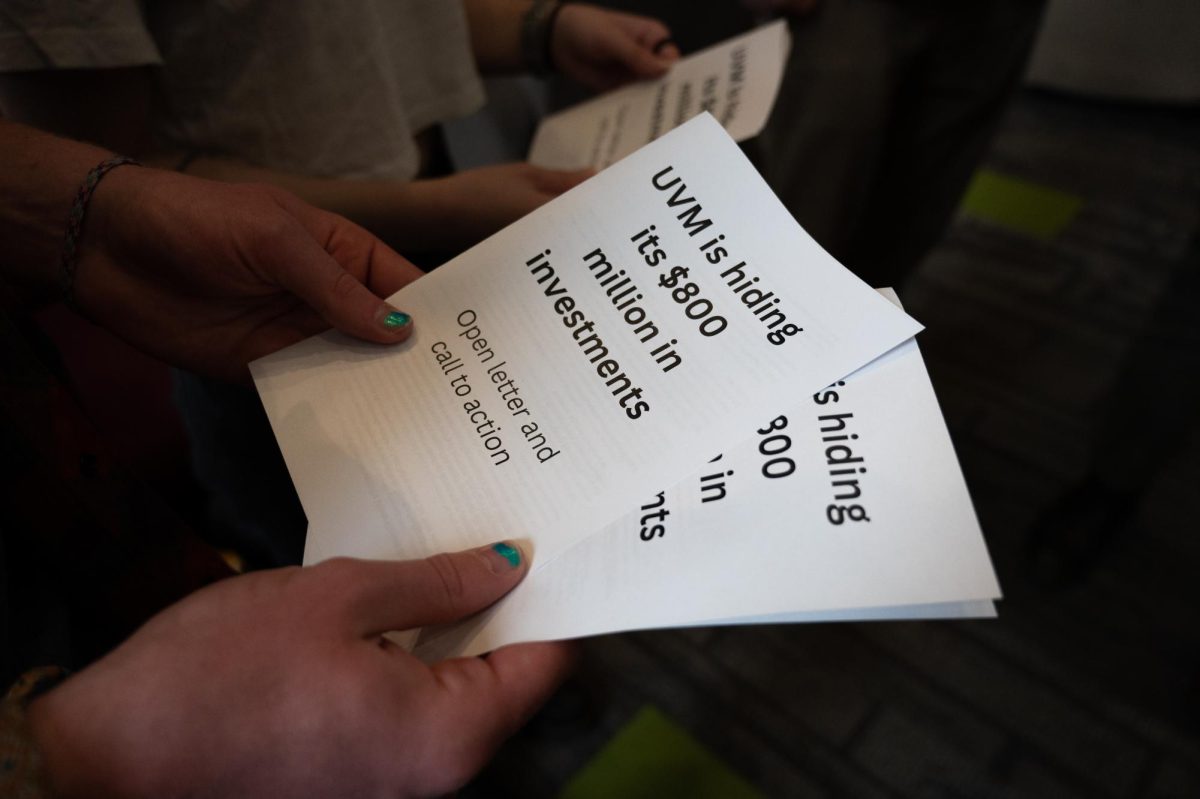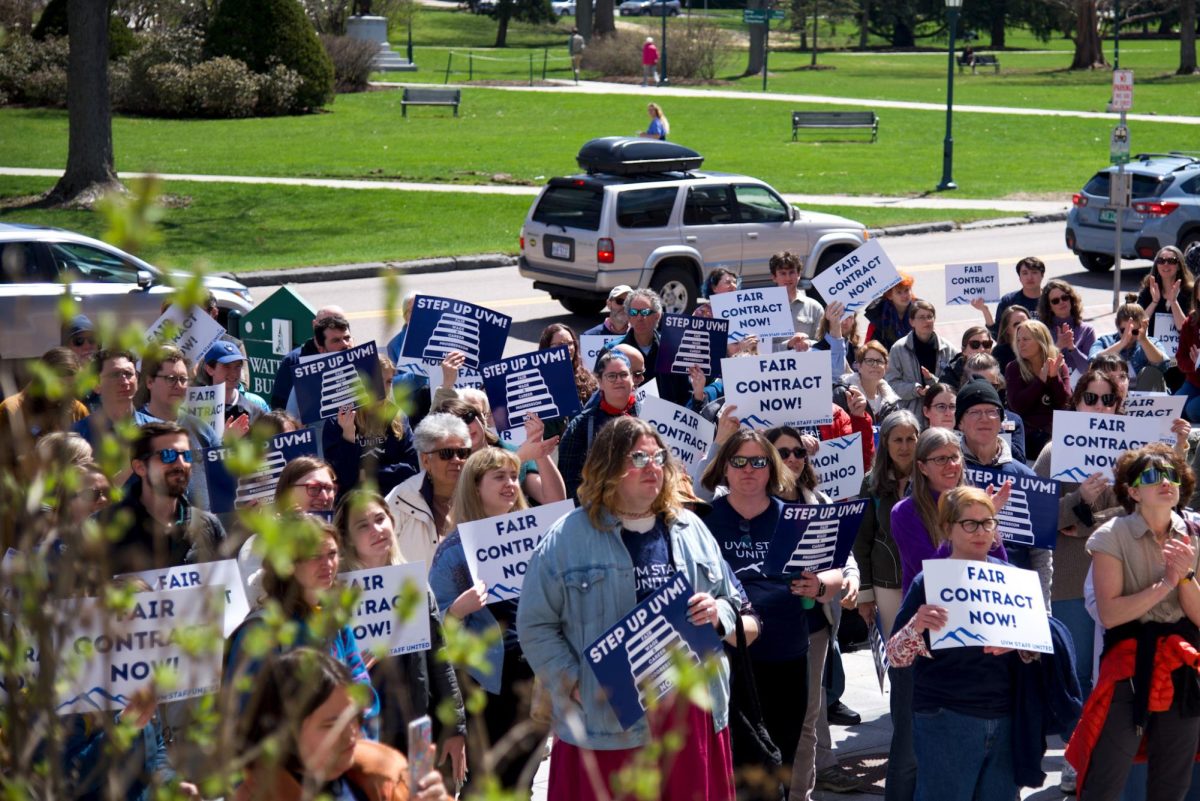There is only one club on campus that is capable of saving people’s lives and delivering babies…all in a moving vehicle. UVM Rescue isn’t like other clubs on campus – they don’t sit around discussing theoretical situations over pizza and punch; they get out into the real world and make a difference. UVM Rescue goes out during all hours of the day and night and saves people’s lives. “There are times we get three calls in a row,” Junior Crew Chief Bryan Hallet said. UVM Rescue is, “a state certified emergency ambulance service staffed and operated by University of Vermont students 24 hours a day, 365 days a year,” according to their Web site. UVM Rescue is also a completely self-sufficient student-run organization. They have existed on campus for 35 years this April. “They’re a pretty good crew. They really work hard and do a lot of training,” UVM senior and crew member, Jeremy Fitzgibbons said. “We take, on average, 1500 calls a year,” UVM senior, and rescue team member Geoff Frattalone said. There are currently around 30 active members of Rescue on campus. The 30 members of Rescue, along with the occasional alumni member, take turns working 12-hour weekday shifts and weekend shifts that last from Friday evening until Sunday evening. UVM Rescue recently added a new ambulance to their fleet, trading in an older model. The purchase cost around $135,000 dollars, and was paid through money accrued from billing, according to Frattalone. The billing system has two tiers. “For basic life support, we bill $350. For advanced life support (non -invasive and invasive) we bill $450,” Director of Operations Heather Friend said. UVM Rescue has, in addition to the money from billing, a contingency fund provided by the Student Government Association Frattalone said. However, this fund has been stipulated that it only be used with approval for emergencies according to members. Rescue members go through four main stages in their time on the crew. They begin in a training period, known as being a fourth, in which they become oriented over a period of 12 days with the procedures and set-up of the ambulances and the UVM rescue headquarters. After their orientation period, members train to become medics. After the completion of their medic training, which also certifies them as medics in the state of Vermont, they have the option of learning how to become a driver. The driver training teaches the general layout of the area and driving techniques valuable to being an emergency medic. Lastly, members of UVM Rescue may become crew chiefs, in which case further training and certification is completed under the observation of a crew chief trainer. Every member of the crew is required to work 20 hours a week, and work two weekends a semester. In addition, medics are required to complete 500 vacation hours a year and crew chiefs 1,000 hours. “It’s amazing, I am here much more than I need to be. The people and the job are really great,” UVM freshmen rescue member, Alison O’Connor said. “Coming into rescue you think it’s just going to be another club or activity, but halfway though your first checklist you realize it’s a lot more then that. The experience you get is life changing, the knowledge you gain irreplaceable and the friend’s you make become your family,” UVM freshmen rescue member, Dani Bohrer said.












